Influencer marketing is here and it's not going anywhere soon. For many brands on a limited budgets, they have turned to leveraging industry influencers as a way to market their products and promote holiday deals. We had the opportunity to hear from Adam Rivietz of #paid, about their influencer marketing platform, the future of influencer marketing and advice they would give to brands hoping to facilitate those relationships.
Tell us your story. Why did you start your business?
Our desire to empower creatives and facilitate collaborations started with our good friend, Ronnie (@inspiredtobefit). Ronnie was on a personal journey to reach her fitness goals and began documenting her path to better health and fitness. Much to her and our surprise, her Instagram account quickly gained traction as she amassed tens of thousands of followers who were looking to her for inspiration and motivation to make a positive change in their life. Ronnie’s audience was looking for tips on products that would help them achieve their lifestyle goals, and that’s when we realized there was a huge opportunity for Ronnie to make money sharing the products she believed in with her engaged audience. So I put my Ari Gold hat on from my favourite TV show “Entourage” and began finding and negotiating authentic brand collaboration opportunities, while she focused on what she did best: sharing beautiful content with her engaged followers. Today, we utilize our proprietary technology to facilitate collaborations between marketers and tens of thousands of creators from around the world.
Tell us about your products and services.
#paid is a hybrid solution of white-glove, managed service, and proprietary technology. This combination allows us to streamline our process and execute influencer marketing campaigns at scale.
We offer 3 turn-key products:
- Branded content: Marketers are given the opportunity to hire influencers solely to shoot or act as talent in branded content that will be used on their brand’s owned and operated channels. Think; custom stock photography. The only difference is, our high-quality content is shot by the leading social media creators, crowd-sourced from around the globe, at a fraction of the cost a client would traditionally pay. Influencers do not post the content.
- Influencer collaborations: Clients will contract an influencer to leverage their social expertise in creating a piece of content but will also have them distribute it to their organic following. Unlike other forms of advertising that are much more obtrusive, consumers opt-in to see influencers’ content by following their channels. Brands can now breakthrough the clutter and insert themselves directly into influencers’ content; like modern day product placement.
- Native amplification: Our team of experts will use our technology to identify a clients’ top performing influencer collaborations and boost them outside of the organic following to any targeted audience of their choice. This is a paid media buy on Facebook or Instagram through the influencers’ accounts vs. a brand’s account. We’ve seen up to 10x the engagement levels and significantly more positive sentiment when the sponsored ad runs through the influencers’ accounts. This further reinforces that people prefer to be spoken to by people, rather than brands.
What makes your company unique?
We’re a company that builds proprietary technology but puts people first, every step of the way. To start, our team is made up of media and technology experts who have sold companies or been a part of acquisitions/IPOs. Also, 25% of #paid employees are influencers themselves, adding to our industry expertise. Throughout our process – from initial meeting with a client, through to reporting – our team leverages the technology we have built to streamline their execution. We’re briefed through our Campaign Wizard, our matching algorithm sorts through our roster of 15k+ influencers to short-list a top 100, then our Creator Relations team manually curates a top selection with their human touch, while our internal team of influencers crafts an overarching strategy, and our sales team leverages our data to guarantee our deliverables to clients. Once a deal is signed, our Accounts team uses our platform to contract and collaborate with the influencers, while giving access to our clients so they can approve the creators and their content along the way. All reporting is handled through our platform as well. On the influencer side, our goal is to empower them to be able to earn a living doing what they love. So we give them tools like our pricing algorithm to help them assign a dollar value to their content and sponsored posts. Since we started the company with an influencer in mind, our friend Ronnie, we value our relationships and look for their support to help us, help them move the industry forward.
Have any success stories to share?
Milestones:
- June 2013 – Ronnie becomes famous and we think of the idea for “InstaElite”
- November 2013 – InstaElite launches first-ever influencer affiliate network for Instagram
- May 2014 – InstaElite gets accepted to Ryerson University’s DMZ incubator (#1 in North America)
- September 2014 – InstaElite rebrands at #paid and launches all-new, self-serve platform at TechCrunch Disrupt SF
- January 2015 – #paid opens the doors to all SMBs globally
- June 2015 – #paid pivots to open-marketplace model
- December 2015 – #paid has a 6-figure, 1st full year in business
- May 2016 – #paid signs deal with PepsiCo to launch Mountain Dew Kickstart
- July 2016 – #paid pivots to hybrid solution
- December 2016 – #paid has a 7-figure, 2nd full year in business
- June 2017 – #paid works with 20+ Fortune 100 brands
- December 2017 – #paid has an 8-figure, 3rd full year in business
What is influencer marketing? Why is it important?
Influencers are individuals who have amassed massive followings and have risen to the top of social media because they create content that people actually want to see. Influencers’ content resonates with consumers because they can speak to a brand’s target audience better than a marketer can. Influencer marketing is so powerful because they treat their followers like peers, and consumers trust their peers 3x more than they trust ads. Top brands and their ad agencies need a way to create high-quality, cost effective content at scale to post on their owned and operated channels. These brands also need a new way to distribute their messages in an unobtrusive way that can’t be fast-forwarded through or hidden by ad blockers. This is why influencer marketing is so important; because it gives brands an opportunity to breakthrough the clutter and share their messaging in a way that will resonate with consumers. It also gives content creators a way to monetize their following and earn a living doing whatever it is they love to do.
How does it compare to “traditional influencer marketing?”
Gone are the days of major brands having one celebrity spokesperson, is what we like to say at #paid. While celebrities have massive reach, their relationships with their followers is less genuine. Celebrities’ lives are unrelatable to the average person which is why society puts them on a pedestal. Influencers are regular people who lead lives that are more relatable to the average consumer. A follower isn’t necessarily buying the product for its specific benefit, but making that purchase decision to get one step closer to feeling what it would be like to be their favourite influencer. They’re buying into the overall experience. More importantly, a spokesperson is meant to replicate your ideal customer or the persona they’re trying to achieve by using a particular product. It’s unlikely that one celebrity is capable of checking off all the boxes of a brand’s target persona. For the amount of money (6-figures+) that it would cost to hire a celebrity, a brand could hire dozens of micro-mid tier influencers, who actually represent their target demographic. There is also an inherent risk with putting your brand in the hands of a celebrity; if they do something off-brand, like get caught using a competing product, or even commit a crime, your brand’s reputation is tarnished along with theirs.
Where do you see the industry going in the next 3-5 years?
From a structural and competitive perspective, I predict that there will be a lot of consolidation in the industry. The largest ad agencies and brands are going to acquire influencer software companies and managed services, and the majority of other players will amalgamate or go out of business trying to compete. As a result, I think there will be more transparency brought to the market with regards to influencer pricing and margins. From a technical perspective, I believe data will begin to play a much more integral role, whether that contributes to fair market pricing for influencers, audience demographic information, higher quality matches, reporting, or attribution. Holistically, I also believe influencers will become more savvy and begin to set industry standards amongst themselves that will shape best practices for marketers to follow.
What advice would you give to someone that wants to become an influencer?
Love what you do. As more people try to become influencers, you really need to produce a lot of content to stay ahead and breakthrough the clutter. Whether you’re trying something new or planning to attack a more saturated vertical like beauty or fashion, if you don’t love what you’re doing, you’ll lose your motivation to keep creating. Developing and distributing content on a regular basis is the name of the game; just like radio and TV shows have been scheduled daily or weekly, followers on social media expect their regular scheduled programming as well. Whether it’s a daily photo on Instagram, or a weekly Snapchat story or YouTube video, you always need to be thinking of what you’ll give your followers to consume next.
What advice would you give to someone that is looking to work or leverage influencers for their brand or company?
Trust the influencers’ creativity while taking measures to ensure your message is being delivered on-brand. It’s important to come up with an overarching theme but don’t expect to tell influencers exactly what to shoot. They’ve risen to the top of social media because they know how to create content that resonates with the modern day audience. When you’re selecting your influencers, be sure to vet for bots and fake followers. A simple way to do this is to look at their engagement rates; the percentage of people liking/commenting out of their total follower base. If you’re using an agency or software tool to find influencers, be sure to have the ability to approve all influencers before they’re contracted. More importantly, you also want to approve all of the content and messaging to make sure it’s brand safe. Once the approved content is posted, we recommend that the brand follow the campaign as well and chime in to the conversation if a follower asks about a particular product or service. Consumers like being noticed by large corporations. Typically, campaigns are measured against a CPE, or cost per engagement. You should always track how many engagements each of your sponsored posts received and divide your budget by the total. That will give you your overall CPE, which you should use as a benchmark moving forward. A best practice that we encourage, is negotiating content rights with the influencers and making sure it’s okay to reuse their content on your owned and operated channels. If you’d like to run paid media behind a particular post or use a piece of content in traditional media, you may need to purchase extended rights. At #paid, we’ve developed a streamlined process that encompasses all of these best practices and is efficiently executed by our team of industry experts, who utilize our technology to keep costs low when scaling out large campaigns for our Fortune 1000 clientele. If you have any questions; we’re always here to help!
Any additional things to tell our readers?
The savviest brands and agencies are increasing their influencer marketing budgets come 2018. If you haven’t run a test yet, now is the time. If you’re already leveraging influencer marketing, continue to track your results, measure against your benchmarks, and see what else you can be doing to make your campaigns even better.


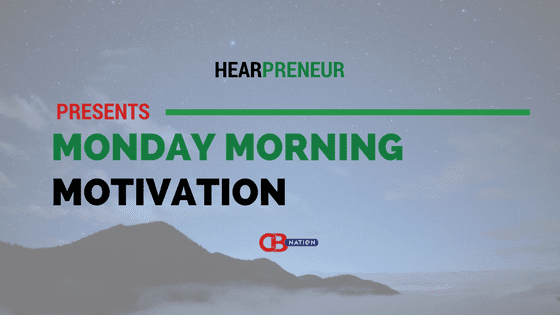


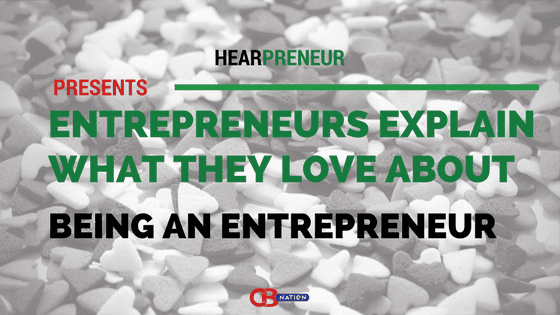

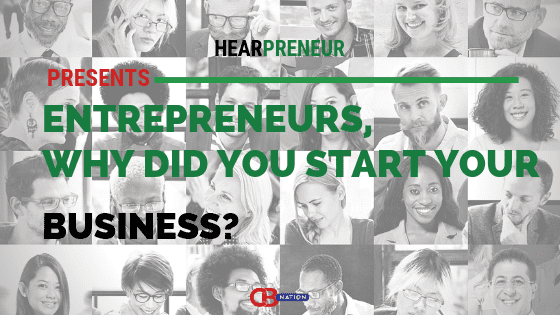
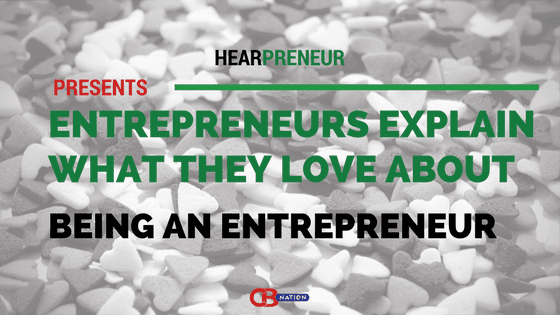
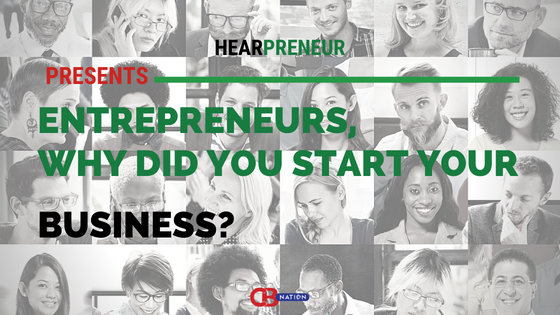
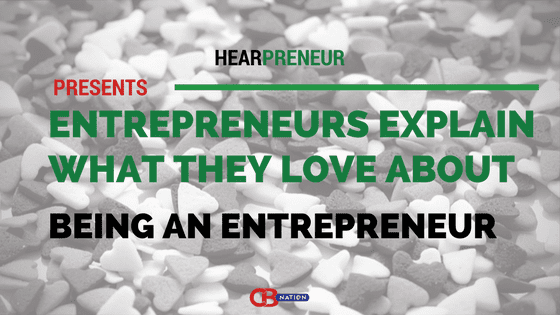
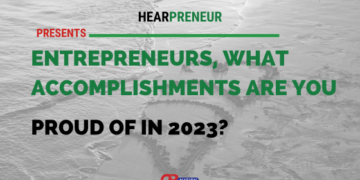
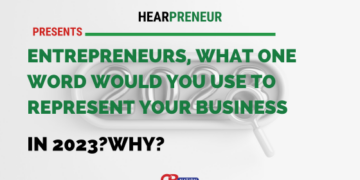

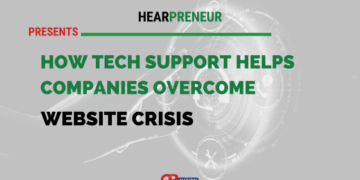






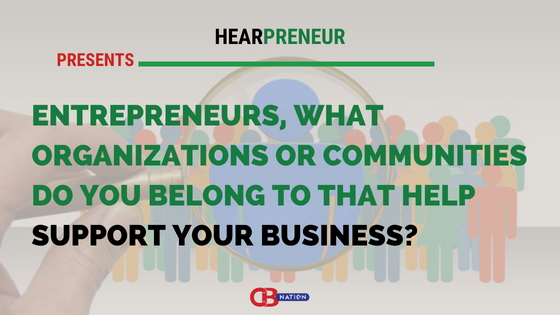
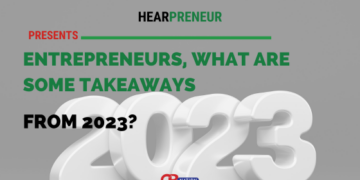


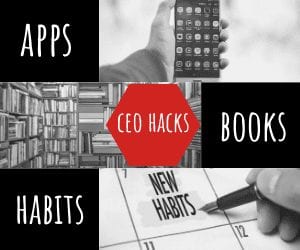


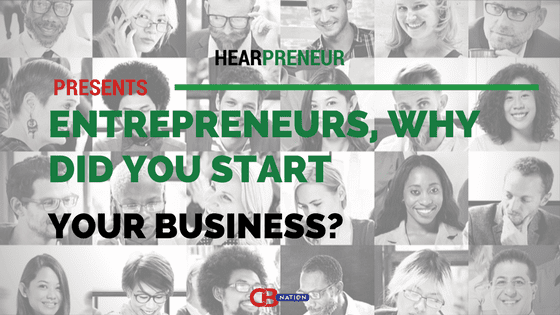






 |
|